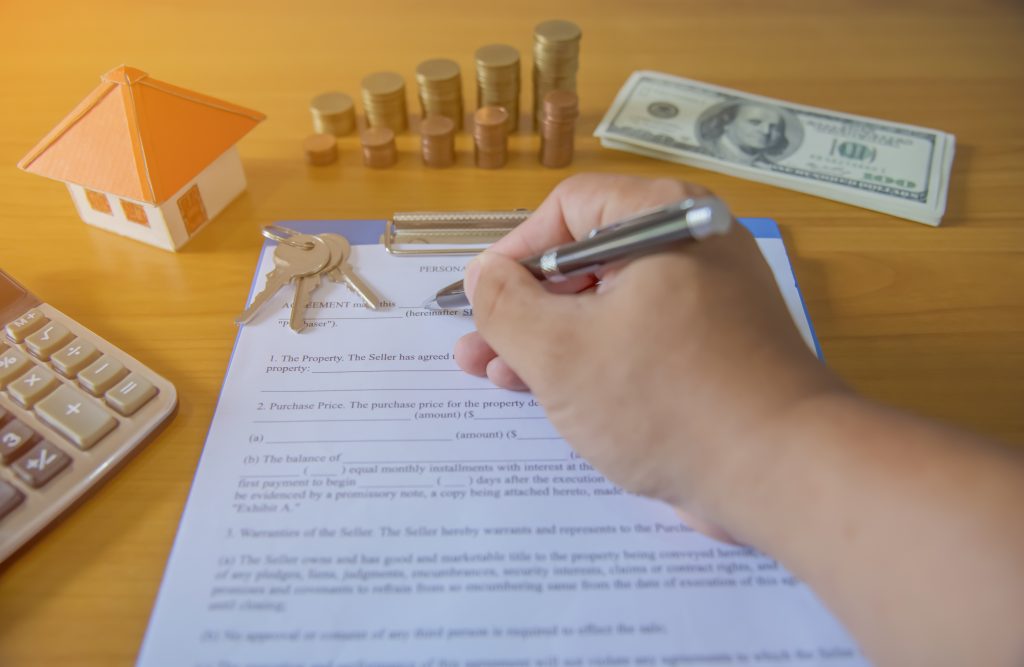What’s the Difference Between the Interest Rate and APR on Homeowner Loans?
With homeowner loans, the jargon and technical terms involved can seem endless and confusingly similar. But understanding the differences between all of the various costs and fees you will run into with these types of loans and mortgages is crucial if you want to stay on top of your debt.
One important distinction is the interest rate of your loan versus the annual percentage rate (the APR). Let’s look at the key differences between these two and how it affects you.
Interest Rate on Homeowner Loans
First, let’s define what the interest rate is for a homeowner loan. The interest rate on your loan is referring to the amount of money you will pay per year as a borrower.
For example, let’s say you take out a $250,000 loan that has a 5% annual interest rate. This would mean you would have to pay $12,500 in interest.
The interest rate is conveyed to you as a percentage. As Metropolitan Mortgage Corporation points out, this rate will depend on a variety of factors:
- What type of loan you take out
- The timeline in which you pay it back
- Your credit score
- Your income
- The loan amount
- Whether it is a fixed or adjustable interest rate
The interest rate doesn’t apply to any of the extra fees or costs that come with taking out a homeowner loan. It solely represents what you must pay each year as a borrower of the loan amount.
Annual Percentage Rate on Homeowner Loans
The APR, on the other hand, does take into account other fees and charges that come with the loan. These extra fees could include closing costs, broker fees, mortgage insurance, among others things.
Because of this, the APR is usually more costly for a borrower than the interest rate. While there are some exceptions, the APR is almost always at least equal to, but usually more costly, than the interest rate alone.
When looking at different mortgages, it is important to compare the APRs. Because this rate will likely be more costly to you than the interest rate, it’s important to understand which loan and APR will best fit into your budget.
Another important thing to know is that the APR won’t change even if you have an adjustable-rate loan; be sure to ask questions about the APR when going into an adjustable-rate loan.
It’s always good to understand everything the best you can before you sign yourself into a homeowner loan.
Bottom Line
As with any large financial decision, undertaking homeowner loans takes a lot of planning and understanding.
So while the interest rate and the annual percentage rate might seem extremely similar and almost interchangeable, it’s important to know the difference between them. Understanding where they differ can make a huge impact on the cost of the loan in the long run.
If you found this article helpful or informative, feel free to share it on your social media pages. For more information on things from business to DIY projects, check out our blog.

